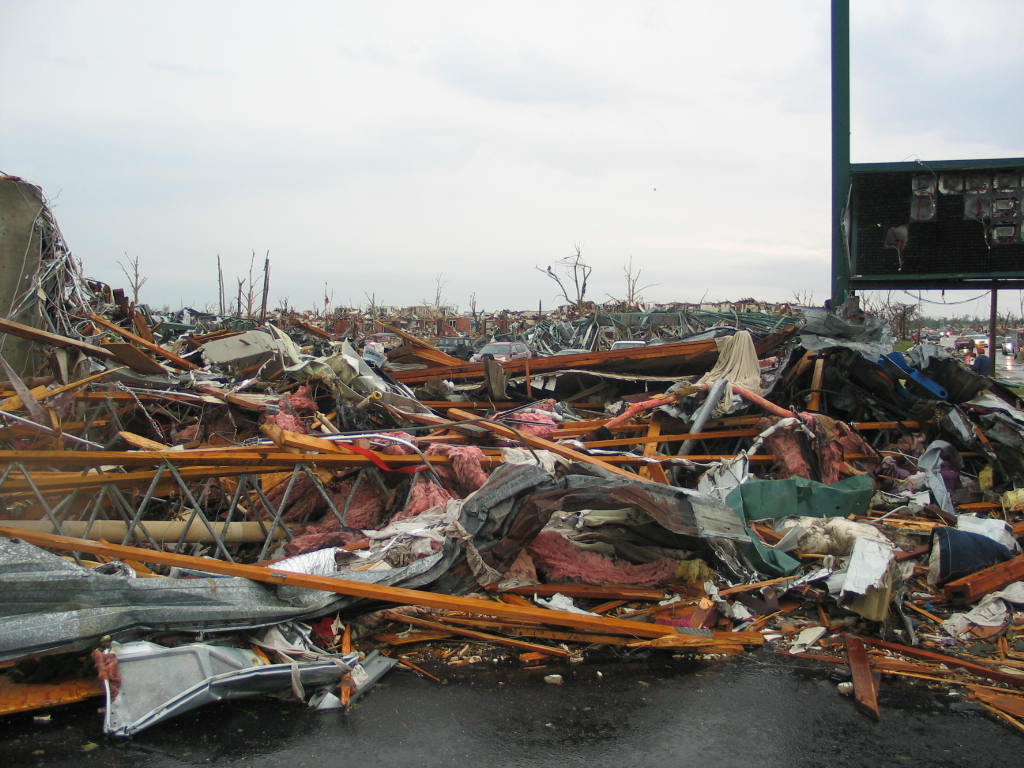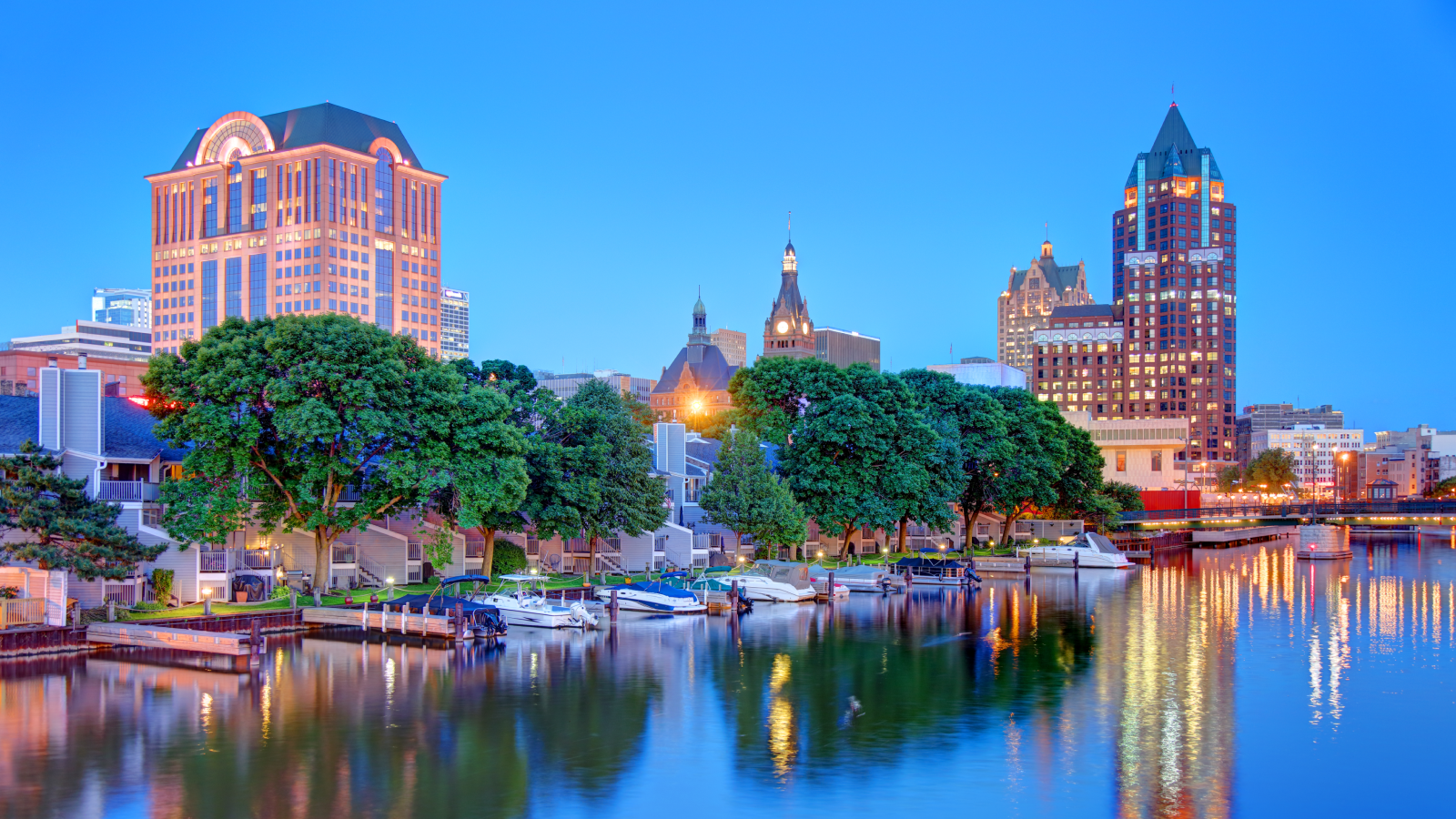Tornado Myths Tough for Forecasters to Bust


NEW ORLEANS — Even after a tornado warning was issued for Cordova, Ala., during last April's deadly event, one man — we'll call him Bill — still wasn't concerned. The tornado was miles away and Walker County, where Cordova is located, is a big county. Besides, he lives on a hill and everyone knows that tornadoes can't come up a hill. And his motorcycle in the driveway really needed fixing.
Then a twister rating EF-3 on the tornado-damage scale roared through town, narrowly missing Bill's house.
"It was out of character for everything that I've ever known about tornadoes," Bill told researchers in an interview after the storm. His real name was not used to protect his anonymity.
Bill is not alone in his surprise at a tornado's appearance and behavior, researchers have found. In three case studies of tornadoes that hit Alabama, Mississippi and Tennessee, researchers were surprised to find that — even in the face of repeated tornado warnings — people still turned to tornado lore passed down for generations, said Randy Peppler, one of the study team members from the University of Oklahoma in Norman.
"There's stories like this everywhere," Peppler said.
'Folk science'
People in Cordova are now blaming a new highway for bringing tornadoes into town. In Smithville, Miss., people believed a waterway protected them from tornadoes (it did not). North Carolina has the fabled "Interstate 95 effect," and people in Oklahoma similarly swear that I-35 either lures or repels tornadoes, depending on whom you ask.
Get the world’s most fascinating discoveries delivered straight to your inbox.
This "folk science" — a community's shared beliefs about how the weather works in their town — is a big challenge to forecasters and meteorologists. With climate change expected to create more extreme weather events in the future, creating more-effective warnings is on the mind of many researchers gathered here at the American Meteorological Society's annual meeting. The link between climate change and tornadoes is not crystal clear, but 2011's devastating tornado season showed just how vulnerable the nation is to tornadoes.
All of this has researchers here desperate to answer the question: How do we make our nation truly weather-ready?
"We say that we can produce all this great, modern information and try to get people to do exactly the right thing, but if they've got all these preconceived notions it's not going to happen," Peppler said. "We need to understand them and not dismiss it as nonsense."
Warnings unheeded or not understood
2011 was a record year for tornadoes. According to the nation's Storm Prediction Center in Norman, 1,700 tornados hit across 48 states, the second-highest total in recorded history. Tornadoes killed 551 people, the third-highest death toll on record. But despite the deadliness of last year's twisters, the tornado forecasts were accurate and the warnings were ample, meteorologists say. Either the warnings aren't reaching the public or they aren't sinking in.
"It's clear that warning messages need to be easily understood and in many cases they have not been," said Jane Lubchencho, the director of the U.S. National Oceanic and Atmospheric Administration (NOAA), in her address to the conference. "Our job is not done once forecasts or warnings are issued."
The good news is that not as many people are killed by tornadoes today as in the past. To find a death count similar to 2011, you have to go back 100 years. From 1925 to the 1990s (when the Doppler-radar era began), the number of deaths per million people declined significantly. That trend has leveled off from the 1990s to now, and researchers are looking for a way to start it down again. More-effective warnings could be an answer.
"A big new area that we must embrace quickly and fully is social science research," Lubchenco said. "2011 has been a wake-up call for NOAA and we are responding by taking action."
New social science research could help scientists understand the folk science that lingers in many towns. In July, NOAA launched its Weather Ready Nation initiative to help solve this problem and make the country better prepared for severe weather. NOAA and other partners, such as the Federal Emergency Management Agency (FEMA), have planned a series of meetings throughout 2012 to find some answers.
However, the first step, Peppler said, is much simpler. Forecasters need to get out and talk to people and try to understand where they are coming from.
"I think it would be really neat if they went into the towns and had town hall meetings," Peppler told OurAmazingPlanet. "You have got to go talk to people, have a pot-luck dinner with people."
This story was provided by OurAmazingPlanet, a sister site to LiveScience. You can follow OurAmazingPlanet staff writer Brett Israel on Twitter: @btisrael. Follow OurAmazingPlanet for the latest in Earth science and exploration news on Twitter @OAPlanet and on Facebook.


